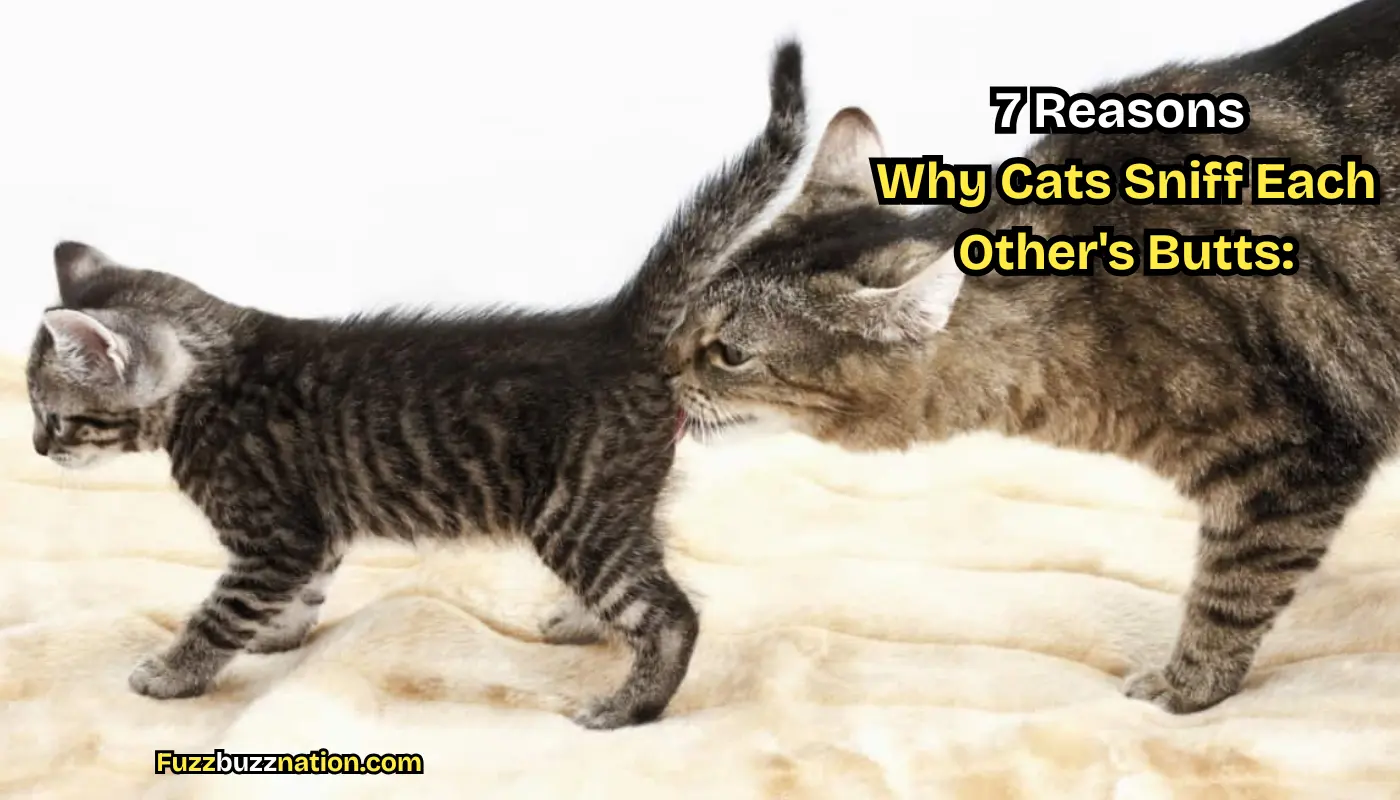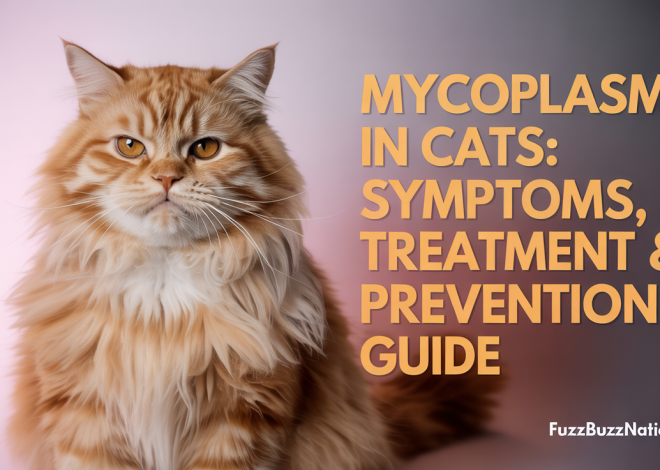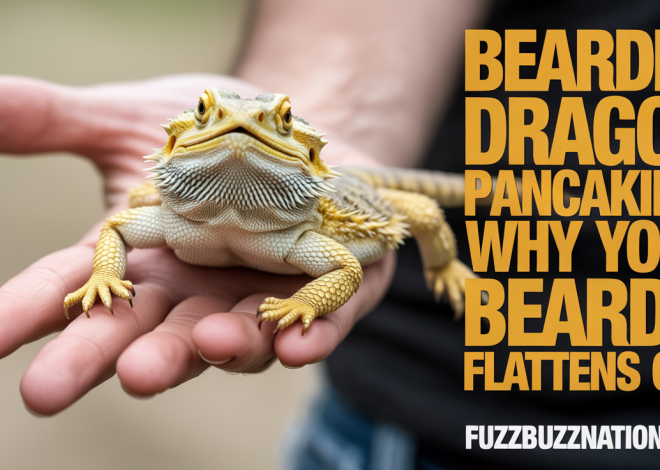
7 Reasons Why Cats Sniff Each Other’s Butts
Understanding why cats sniff each other’s butts requires recognizing this behavior as sophisticated chemical communication rather than simple curiosity. After observing hundreds of cat interactions through fostering 15 cats over eight years and managing multi-cat households, I’ve learned that this seemingly awkward behavior serves crucial social and survival functions that most cat owners never fully appreciate.
The essential answer: Cats sniff each other’s butts to gather critical information through scent glands located around the anus. This behavior reveals identity, health status, emotional state, reproductive condition, territorial claims, social rank, and recent activities all in seconds.
This natural communication method is so important that preventing it can actually increase stress and behavioral problems in multi-cat households, making understanding and accepting this behavior essential for cat owners.
The Remarkable Science Behind Feline Butt-Sniffing Behavior
Cats possess an extraordinary scent-detection system that makes their nose-to-butt greetings incredibly informative. The vomeronasal organ, also called Jacobson’s organ, processes chemical information that humans cannot detect, creating a detailed chemical profile of every cat they encounter.
In my experience fostering cats, I’ve observed that newly introduced cats spend significantly more time investigating each other through scent than through visual observation. My foster cat Pepper could identify which of my resident cats had been in the carrier before her simply by thorough scent investigation upon her arrival.
The anal glands, located just inside the rectum, produce unique chemical signatures that remain consistent throughout a cat’s lifetime while also reflecting current health and emotional states. This dual function makes butt-sniffing both a permanent identification system and a real-time status update.
Understanding this behavior as normal and necessary helps cat owners create better environments for their feline companions rather than attempting to discourage essential communication methods.
Reason 1: Individual Identification and Recognition
Each cat’s anal gland secretions create a unique chemical fingerprint that other cats can recognize instantly. This identification system works more reliably than visual recognition, especially in low-light conditions where cats are naturally active.
During my years managing multi-cat households, I’ve noticed that cats who live together still engage in mutual scent checking, particularly after one cat has been away for veterinary visits or boarding. My cat Luna always thoroughly investigates her housemate Smokey after his vet appointments, even though they’ve lived together for three years.
This identification process happens remarkably quickly – usually within 2-3 seconds of investigation. Cats can distinguish between family members, strangers, and previously encountered cats through this chemical analysis.
The reliability of this identification method explains why blind or deaf cats navigate social situations successfully. Their chemical communication system provides all the information they need about who they’re interacting with.
Reason 2: Health Status Assessment and Disease Detection
Cats can detect illness, injury, and medical conditions through chemical changes in anal gland secretions. This ability serves as an early warning system that helps cats avoid potentially contagious individuals or identify cats who might need assistance.
I’ve observed this health-detection ability firsthand when my foster cat Patches consistently avoided a newcomer who later was diagnosed with an upper respiratory infection. Patches seemed to sense illness before any visible symptoms appeared, demonstrating the remarkable sensitivity of feline chemical detection.
Research suggests cats can identify conditions including diabetes, kidney disease, and various infections through scent analysis. This capability likely evolved as a survival mechanism in wild cat populations where sick individuals pose risks to group health.
Veterinary changes also register in these chemical signatures. Cats often show increased interest in housemates who have received vaccinations or medical treatments, investigating the chemical changes that medical interventions create.
Reason 3: Emotional State and Stress Level Evaluation
Stress hormones and emotional states produce distinct chemical markers that cats can detect through anal gland investigation. This emotional intelligence helps cats gauge whether approaching individuals are friendly, fearful, aggressive, or relaxed.
In my multi-cat fostering experience, I’ve noticed that confident cats approach stressed newcomers differently than they approach relaxed cats. The initial scent investigation seems to inform their subsequent interaction style, with cats showing more patience toward obviously stressed individuals.
Fear and anxiety produce specific chemical signals that trigger protective or avoidance behaviors in other cats. Cats experiencing medical procedures or travel stress emit different chemical markers than cats in normal emotional states.
This emotional detection explains why some cats seem to instinctively comfort distressed housemates while others maintain distance from stressed individuals. The chemical information guides their social responses appropriately.
Reason 4: Reproductive Status and Mating Information
Sexual maturity, heat cycles, pregnancy, and reproductive availability all create distinct chemical signatures that cats detect through anal gland investigation. This information is crucial for appropriate social interactions and mating behaviors.
Even spayed and neutered cats retain interest in reproductive status information, though they don’t act on it reproductively. I’ve observed that my neutered male cats still investigate female cats more thoroughly during what would have been heat cycles, suggesting they detect hormonal changes despite being unable to reproduce.
Pregnant cats produce chemical markers that often trigger protective behaviors in other cats. Several of my foster cats became noticeably more gentle around pregnant cats, adjusting their play styles and showing increased tolerance for mood changes.
Cats who have recently given birth or lost kittens also produce distinct chemical signatures that inform other cats about their reproductive history and current emotional state.
Reason 5: Territorial Claims and Boundary Information
Scent marking through anal glands helps establish and maintain territorial boundaries in multi-cat environments. Cats can determine who has been where and when through chemical investigation of each other.
My observation of outdoor cats reveals extensive territorial information sharing through scent investigation. Cats patrol territorial boundaries and investigate other cats to determine whether territorial violations have occurred or territorial claims have changed.
Indoor cats maintain modified territorial systems where scent investigation helps establish resource access and spatial relationships. Cats can determine which housemates have accessed specific areas, food sources, or resting spots recently.
This territorial information helps prevent conflicts by allowing cats to negotiate space usage without direct confrontation. Chemical communication often resolves territorial disputes before they escalate to physical interactions.
Reason 6: Social Hierarchy and Rank Assessment
Pack dynamics and social ranking influence chemical signatures that cats can detect through anal gland investigation. This information helps cats navigate complex social relationships and avoid unnecessary conflicts.
During cat introductions in my foster home, I’ve observed that established cats use scent investigation to assess where newcomers might fit in existing social structures. The chemical information seems to influence whether they approach new cats with dominance, submission, or neutral curiosity.
Social stress from hierarchy disputes produces distinct chemical markers that inform other cats about ongoing conflicts and potential alliance opportunities. Cats often choose sides in disputes based partly on chemical information gathered through scent investigation.
Changes in social rank due to aging, illness, or personality development register in chemical signatures. Cats adjust their social behaviors based on updated chemical information about housemates’ current social status.
Reason 7: Recent Activity and Environmental History
Cats can determine what other cats have been doing and where they’ve been through chemical analysis of anal gland secretions. This information includes food consumption, hunting activities, stress experiences, and environmental exposures.
I’ve noticed that my cats show increased interest in housemates who have been exploring new areas of the house or interacting with unfamiliar objects. The chemical information seems to satisfy their curiosity about environmental changes and new experiences.
Hunting activities, even play hunting with toys, create distinct chemical markers that other cats detect and find interesting. Indoor cats often investigate housemates more thoroughly after active play sessions or when they’ve encountered prey animals.
Contact with unfamiliar humans, animals, or environments registers in chemical signatures. Cats returning from veterinary visits receive thorough investigation partly because they carry chemical information about new experiences and locations.
Normal vs. Concerning Butt-Sniffing Behaviors
Healthy Social Investigation Patterns
Normal butt-sniffing occurs during greetings, after separations, when cats encounter changes in housemates, and during general social interactions. The behavior typically lasts 2-10 seconds and occurs without aggression or excessive persistence.
Mutual investigation where cats take turns sniffing each other indicates healthy social relationships and balanced communication. Both cats participate willingly without showing stress signals or attempts to escape.
Casual, periodic investigation between familiar cats maintains social bonds and updates chemical information about ongoing changes in health, emotional state, and activities.
Warning Signs Requiring Attention
Excessive or obsessive sniffing lasting more than 30 seconds or occurring repeatedly throughout the day may indicate health problems in either the sniffer or the cat being investigated. Persistent interest often suggests chemical changes that warrant veterinary evaluation.
Aggressive responses during normal investigation, including hissing, swatting, or attacks, may indicate pain, illness, or social stress requiring intervention. Healthy cats tolerate brief investigation without defensive reactions.
Avoiding or preventing investigation when other cats attempt normal social sniffing may indicate illness, pain, or psychological stress. Cats who consistently refuse social interaction need veterinary assessment.
Sudden changes in investigation patterns, such as increased interest in specific cats or avoidance of previously accepted social partners, often signal health or emotional changes requiring attention.
Managing Multi-Cat Households and Butt-Sniffing Behavior
Creating Appropriate Social Environments
Adequate space allows cats to engage in natural investigation behaviors without creating territorial stress. Overcrowded environments increase investigation frequency and may lead to social conflicts.
Multiple resource locations reduce competition-related stress that can intensify investigation behaviors. Cats investigating each other for territorial information need access to separate food, water, and litter areas.
Vertical territory through cat trees and shelving provides escape routes during social interactions, allowing cats to end investigation encounters comfortably when desired.
Quiet areas for shy cats help them participate in social investigation at their own pace without pressure from more assertive housemates.
Facilitating Healthy Social Interactions
Gradual introductions allow cats time for thorough chemical investigation without overwhelming encounters. Rushing introduction processes can create negative associations with natural investigation behaviors.
Supervised interactions during initial meetings ensure that investigation behaviors proceed normally without escalating to aggression or excessive stress.
Positive associations through feeding or play activities help cats develop good relationships that support healthy investigation patterns.
Stress reduction through environmental enrichment, pheromone therapy, and routine maintenance supports normal social behaviors including appropriate investigation.
When to Intervene in Investigation Behaviors
Medical concerns arise when investigation behaviors change suddenly or become obsessive. Increased interest in specific body areas may indicate health problems requiring veterinary attention.
Behavioral interventions become necessary when investigation triggers aggression, excessive stress, or social disruption. Professional animal behaviorist consultation may help resolve complex social dynamics.
Environmental modifications can reduce problematic investigation by providing alternative outlets for social curiosity and reducing territorial stress.
Understanding the Broader Context of Feline Communication
Chemical Communication Beyond Butt-Sniffing
Facial rubbing transfers scent from facial glands and serves different communication purposes than anal gland investigation. Facial scents mark territory and create group scent profiles among friendly cats.
Urine marking provides territorial and reproductive information that complements but differs from anal gland communication. Each scent source offers different types of social and environmental information.
Scratching behaviors leave both visual and chemical marks that work together with other scent communication methods to create comprehensive environmental information systems.
Body Language Accompanying Scent Investigation
Tail position during investigation indicates the investigating cat’s intentions and emotional state. High, relaxed tails suggest friendly curiosity while low or puffed tails may indicate stress or defensive postures.
Ear position and facial expressions help determine whether investigation is proceeding comfortably for both cats. Forward ears and relaxed faces indicate normal social interaction.
Overall body posture shows whether cats feel safe during investigation encounters. Crouched or tense postures may indicate stress requiring intervention or environmental modification.
Addressing Common Owner Concerns and Misconceptions
Hygiene and Health Worries
Disease transmission through butt-sniffing is minimal compared to other interaction methods like shared food bowls or grooming. Normal investigation behaviors pose little health risk between healthy cats.
Parasite transmission occurs more readily through environmental contamination than direct investigation. Proper litter box maintenance and regular veterinary care provide better protection than preventing natural behaviors.
Bacterial infections spread more easily through bite wounds or shared resources than through brief scent investigation. Allowing normal social behaviors while maintaining good general hygiene provides optimal protection.
Social Appropriateness and Guest Reactions
Educating visitors about normal cat behavior helps them understand that butt-sniffing represents healthy social interaction rather than inappropriate behavior. Most people appreciate learning about animal behavior science.
Managing guest interactions by providing cat-free spaces during visits allows sensitive visitors to avoid witnessing natural behaviors they might find uncomfortable.
Timing introductions between cats and guests can minimize awkward moments while still allowing cats to express natural social behaviors appropriately.
Training and Behavior Modification Considerations
When NOT to Discourage Investigation
Normal social investigation should never be discouraged as it serves essential communication functions. Preventing this behavior can increase stress and create behavioral problems.
Health monitoring through increased investigation may indicate early illness detection that serves protective functions. Allow increased investigation while monitoring for other health symptoms.
Introduction periods require extensive investigation for cats to establish comfortable relationships. Interrupting this process can prolong adjustment periods and increase long-term stress.
Appropriate Behavioral Management
Redirection techniques can help when investigation becomes excessive or problematic. Providing alternative activities helps satisfy curiosity without disrupting household harmony.
Environmental enrichment reduces investigation intensity by providing other sources of mental stimulation and social information gathering.
Professional consultation helps address underlying causes when investigation behaviors become problematic rather than simply discouraging natural communication.
Frequently Asked Questions
Is it normal for cats to sniff each other’s butts every time they meet?
Yes, brief butt-sniffing during greetings is completely normal cat behavior, even between cats who live together. Cats gather updated information about health, emotional state, and recent activities through these quick investigations. The behavior typically lasts 2-10 seconds and serves important communication functions. However, if sniffing becomes obsessive or lasts more than 30 seconds, it may indicate health issues requiring veterinary attention.
Should I stop my cats from sniffing each other’s butts because it seems gross?
No, you should not prevent this natural behavior as it serves essential communication functions for cats. Trying to stop normal investigation can increase stress and interfere with healthy social relationships. This behavior is equivalent to humans shaking hands or making eye contact – it’s a normal social greeting that provides important information. Focus on maintaining good general hygiene rather than preventing natural cat behaviors.
Can cats spread diseases by sniffing each other’s butts?
Disease transmission through brief butt-sniffing is minimal compared to other interaction methods. Cats are more likely to spread illness through shared food/water bowls, grooming each other, or environmental contamination. Normal investigation poses little health risk between healthy cats. However, cats with known infectious diseases should be isolated, and any cat showing signs of anal gland problems should receive veterinary care.
Why does my cat sniff my other cat more after vet visits?
Cats investigate housemates more thoroughly after vet visits because medical procedures, medications, and hospital environments create chemical changes that other cats can detect. Your cat is gathering updated information about their housemate’s health status and recent experiences. This increased investigation usually returns to normal within 24-48 hours as familiar scents are restored through normal grooming and environmental exposure.
How can I tell if my cat’s butt-sniffing behavior is normal or problematic?
Normal investigation is brief (2-10 seconds), occurs during greetings or after changes, and doesn’t cause stress to either cat. Problematic behaviors include obsessive sniffing lasting over 30 seconds, aggressive reactions during investigation, or sudden changes in investigation patterns. If you notice concerning changes in this behavior, consult your veterinarian as it may indicate health issues in either cat.
Embracing Natural Feline Communication for Better Cat Relationships
Understanding why cats sniff each other’s butts helps cat owners appreciate the sophisticated communication system that governs feline social interactions. This behavior provides cats with detailed information that supports healthy relationships and environmental awareness.
Accepting and supporting natural investigation behaviors creates less stressful environments for cats while strengthening the human-animal bond through better understanding of feline needs and instincts.
Most importantly, recognizing normal social behaviors helps cat owners distinguish between healthy interactions and potential problems requiring intervention. This knowledge leads to better care decisions and happier cats who can express their natural communication methods without interference.
The next time you observe your cats engaging in mutual butt investigation, remember that you’re witnessing millions of years of evolutionary communication perfection in action. This brief, seemingly simple behavior conveys more information than humans can process in hours of conversation.


